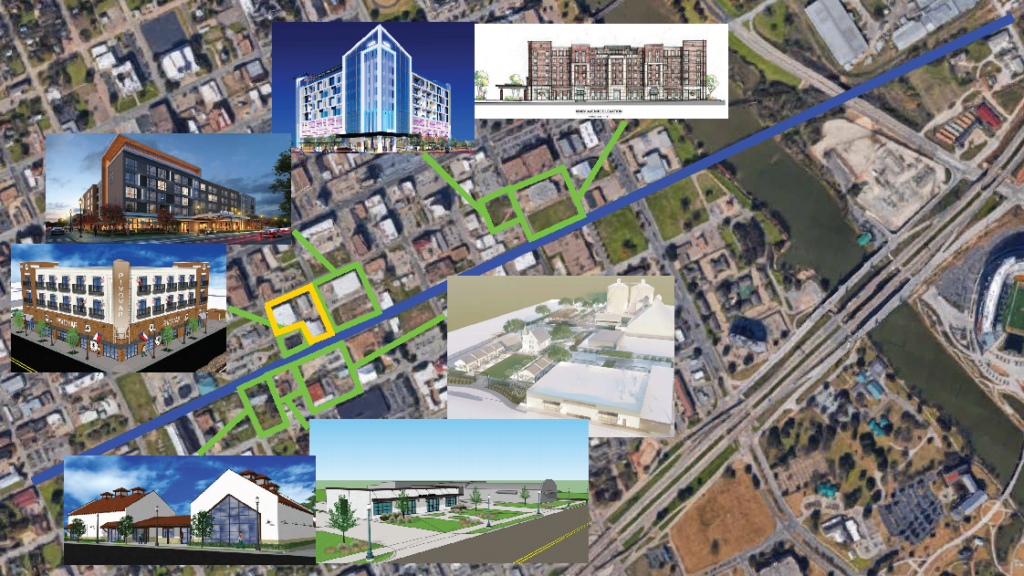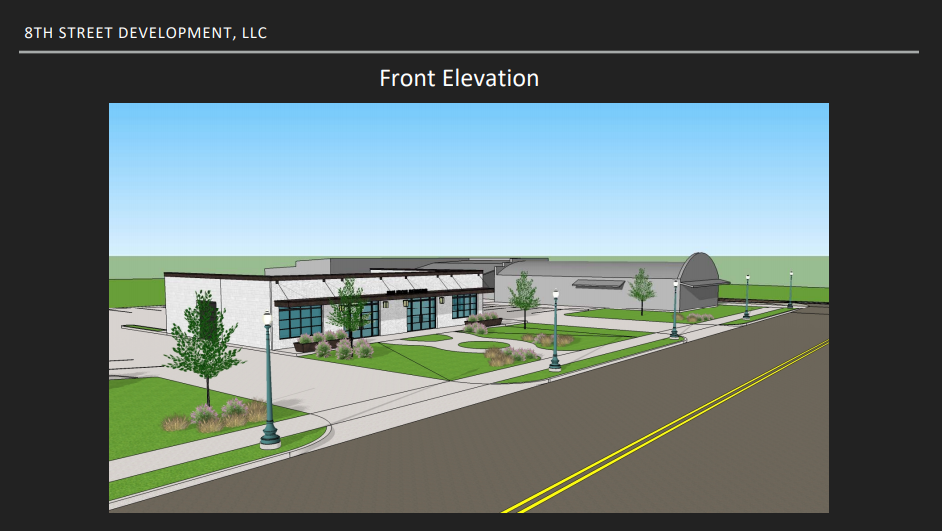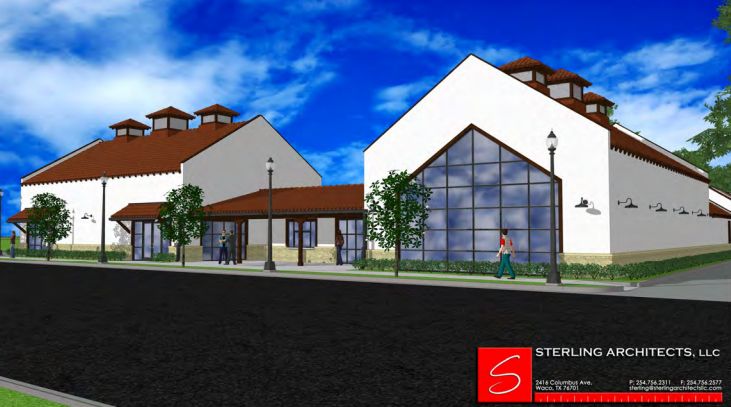Meeting Insights: TIF Board Meeting – 08/13/20
By Jeffrey Vitarius
(Civic meetings happen in Waco every week – city council, school board, planning commission, and countless others. Decisions from these meetings affect our lives every day. Many of us are curious about these meetings, but to be honest, it’s just too hard to decipher the jargon and figure out what’s going on and why it’s important. Act Locally Waco is trying something new in August! Jeffrey Vitarius follows civic meetings for his work and out of personal interest. Each week in August he will pick a meeting in our community and highlight one or two items from the agenda to translate from “government-ese” into language we can all understand. We’re calling the series “Meeting Insights.” Let us know what you think! If you enjoy it, we will try to keep it going! — ALW )
The Board of Directors for Reinvestment Zone Number One For Tax Increment Financing (TIF Board) meets every other month on the second Thursday of the month. These are the folks that make recommendations to City Council about how TIF dollars should be spent. Before COVID-19 they would go on a tour of potential projects some time in the morning and then conduct their regular meeting at noon. The public is invited to the regular meetings, although, for the time being due to COVID-19, that attendance is virtual through the Waco City Cable Channel’s YouTube channel (WCCC.TV – YouTube) with public comments sent in ahead of time. There are a few interesting projects on the agenda this week, but we are going to dive into some background and look at how the TIF encourages development in a way you may not expect…silencing train horns in Downtown Waco.
Meeting Basics
- Regular Meeting – 12:00pm
- To watch the live stream click here (City of Waco Cable Channel YouTube channel)
- For the full agenda click here
- For the meeting packet with the documents pertinent to the meeting click here. I will refer to page numbers from this packet in the notes below.
- Details on how to provide public comment are listed in the agenda
A Study in TIF – the Downtown Waco Quiet Zone
Mention of the TIF invites questions. What is the “TIF”? How is it funded? Who allocates the funding and to what? Luckily, Waco 101 has already tackled a number of those topics here. Today we are going to zoom in on one example of a TIF funded project, and follow how that example has had an impact on the direction of downtown development, and potentially even the skyline of Waco.
It all starts with trains and their horns. The locomotives that make their way through Downtown Waco along Jackson Avenue are required to sound their horns as they approach any train track crossing. This is to alert folks that they are coming so they can make sure they are well out of the way. As any Wacoan who lives or works near the tracks can tell you, they certainly accomplish this goal. Everyone knows when the train is coming!
However, all this alerting makes it somewhat difficult to invite investment in the properties next to the tracks. An early morning horn makes these properties a hard sell to anyone looking to place hotel rooms or residences in Downtown Waco, and midday horns interrupt workflow in office spaces.
Enter “the quiet zone.”
The quiet zone amounts to improvements the City and railroad can make to the track crossings that provide sufficient safety so that the horns are no longer required (outside of certain specific circumstances, like construction). Unfortunately, the process of figuring out what improvements are needed and then constructing them can be costly. This is where the TIF makes the difference.
In the summer of 2017, city staff presented first to the TIF board and then to the City Council on the potential benefits of a quiet zone in Downtown Waco. Then City Manager Dale Fisseler noted that increased density of development in the area was an important potential benefit of the quiet zone. He pointed out that the quiet zone could “open up other sites along the railroad track for redevelopment.” That summer the TIF board recommended and City Council approved $450,000 in TIF funding towards the study of a quiet zone. The project essential broke down into three phases:
- Phase 1 – Feasibility – this is checking to make sure that creating a quiet zone is reasonable to do or “feasible”
- Phase 2 – Design – putting together the specific improvement designs
- Phase 3 – Construction
The $450,000 in TIF funding was intended to cover phases 1 and 2 of the potential project. Phase 1 was completed in December 2017 (per later presentations by city staff).
In the summer of 2018, staff produced a summary of the improvements that would be necessary for a quiet zone. Most of these improvements involve installing new crossing gates, efforts to make sure folks don’t drive around those gates (something called “channelization”), changes to Jackson Avenue (that runs parallel with the tracks), and pedestrian safety improvements.
In the fall of 2019, the project was ready to seek funding for phase 3. The TIF Board recommended and the City Council approved $1,528,807 in TIF funding for the construction of the improvements noted above. At the time, the project was estimated to be completed sometime in the fall of 2020 (it is possible COVID-19 has had an impact on this process).
The project has some benefits that do not involve any other development: improved safety at crossing, improved pedestrian connections, and decreased downtown disturbance from the horns.
But perhaps, the biggest impact of the quite zone has been in making sites near the railroad track more appealing for development, just like City Manager Fisseler noted back in 2017. Since staff presented the improvements in the summer of 2018, seven projects have sought TIF funding (two this month) for developments right next to the tracks (see map below, the quiet zone in blue and the projects in green).

Before we move on, here are some critical caveats to keep in mind with TIF projects:
- A project being funded may not ultimately be completed. Lots of changes can happen between funding and completion (like a pandemic, for example)
- Sometimes completed projects can look different from their initial renderings.
- The information I have gathered here is from what I could find in the meeting packets from past meetings of the TIF board and City Council. It is possible that some details of these projects have changed since those packets were put together.
That being said, these seven projects represent a combined total private investment (not counting any TIF funding) of $93.9 million. They include 22,000 square feet of retail space, at least 709 new parking spaces (not all public), space for six new restaurants, and nearly 500 new hotel rooms. On top of all of this, a developer announced in June of this year intentions to build a set of office towers next to the tracks that might grow higher than the ALICO Building (site in yellow above). We can’t say for certain that these projects have come about because of the quiet zone, but the logic of less noise, more development and the timing of these projects is convincing for me.
Be on the lookout for more TIF-funded public projects like this that encourage economic development in particular parts of downtown.
Other Interesting (to me) Items From the Agenda
- This month’s agenda includes the annual board report for the TIF board. Each city board or commission produces one of these reports each year, and they can be a pretty good starting place for getting to know what that group has been doing and will do in the future.
- One of the best parts of any TIF board packet are the renderings. Below are those for the projects consider this month.



Jeffrey Vitarius has been actively local since early 2017. He lives in Sanger Heights with partner (JD) and his son (Callahan). He helped found Waco Pride Network and now serves as that organization’s treasurer and Pride Planning Chair. Jeffrey works at City Center Waco where he helps keep Downtown Waco clean, safe, and vibrant. He is a member of St. Alban’s Episcopal Church and graduated from Baylor in 2011.
The Act Locally Waco blog publishes posts with a connection to these aspirations for Waco. If you are interested in writing for the Act Locally Waco Blog, please email [email protected]for more information.
